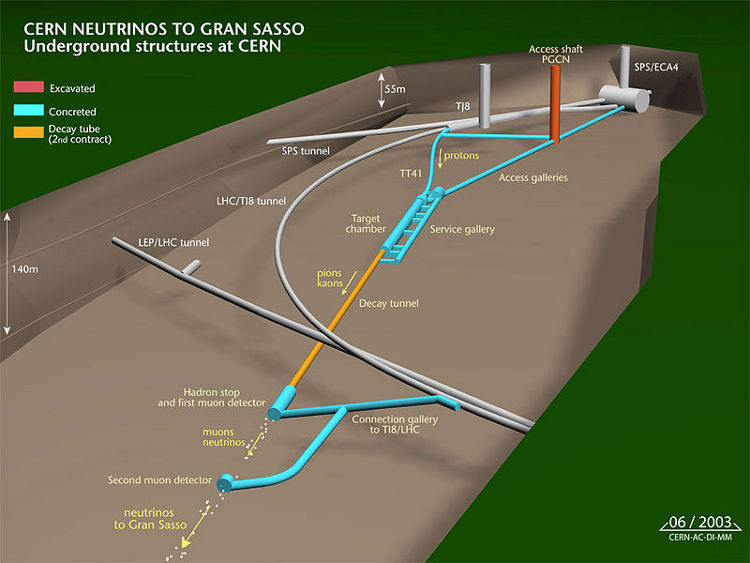

Physicists have postulated a hypothetical particle, known as a tachyon, that can travel faster than light and that can therefore move backwards in time. If particles could travel faster than light, special relativity suggests that travelling backwards through time is a possibility, but how anyone harnesses that ability to do anything useful is way beyond the reach of any technology or material we have today. “It might actually be the speed of neutrinos and light goes more slowly.”ĭoes this mean that time travel is possible?ĭon’t hold your breath, we won’t be routinely jumping into the past in DeLoreans any time soon. “With this kind of background, it is not necessarily the case that the limiting speed in nature is the speed of light,” he told the Guardian. Nonetheless, known neutrino production processes impart energies far higher than the neutrino mass scale, and so almost all neutrinos are ultrarelativistic, propagating at speeds very close to that of light. Joe Lykken of Fermilab told the New York Times: “Special relativity only holds in flat space, so if there is a warped fifth dimension, it is possible that on other slices of it, the speed of light is different.”Īlan Kostelecky, an expert in the possibility of faster-than-light processes at Indiana University, put forward an idea in 1985 predicting that neutrinos could travel faster than the speed of light by interacting with an unknown field that lurks in the vacuum. Neutrinos have small but nonzero mass, and so special relativity predicts that they must propagate at speeds lower than that of light. One idea is that the neutrinos are able to access some new, hidden dimension of space, which means they can take shortcuts.


If all the previous were proven 100 sure that will mean 21. This experiment proved that the Neutrino particle is faster than light. If the result is proved correct – and that is still a big if – you have to go into some relatively uncharted areas of theoretical physics to start explaining it. The Neutrinos appeared to travel faster than the speed of light. They are created in certain types of radioactive decay, during collisions between atoms and cosmic rays and during nuclear reactions such as those that occur at the heart of the Sun.Īre there any theories that might explain the result? Tens of billions of neutrinos pass through your fingertip every second. They interact very weakly with normal matter, making them almost impossible to detect. Neutrinos are electrically neutral particles that have a tiny (but non-zero) mass. Since the speed of light in a vaccum is 299,792,458 metres per second, the neutrinos were apparently travelling at 299,798,454 metres per second.
Neutrino travel faster than light plus#
The trip would take a beam of light around 2.4 milliseconds to complete, but after running the experiment for three years and timing the arrival of 15,000 neutrinos, the scientists discovered that the particles arrived at Gran Sasso 60 billionths of a second earlier, with an error margin of plus or minus 10 billionths of a second. Special relativity also leads to Einstein's most famous equation, E = mc2


 0 kommentar(er)
0 kommentar(er)
